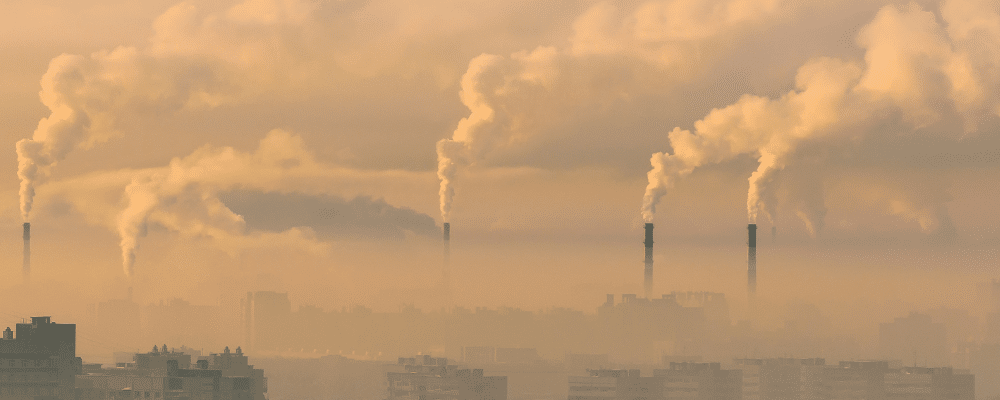
Voice of the Editor
Josephine Adams, Editor-in-Chief of Physiological Reports
“Driven by the climate crisis, wildfires are becoming an increasingly common environmental source of airborne particulate matter and there is a need for more research on the effects on cardiovascular health and how this intersects with different forms of exercise.”

Over the last couple of years, Physiological Reports has made more use of targeted Calls for Papers in order to highlight timely research areas of particular interest within the scope of basic and translational physiology. One such Call, “Physiological Effects of Atmospheric Pollution”, was set up in view of the World Health Organization’s identification of anthropogenic atmospheric pollution as the largest environmental health risk of the 21st century. The Call also aligned with The Physiological Society’s report on “The Climate Emergency: Research Gaps and Policy Priorities”, which identified multiple research gap areas relevant to air pollution. These include “Understanding the Impact of Extreme Environments on the Health of Vulnerable Populations” and “Understanding Indoor Pollutants and their Contribution to Poor Health Outcomes”. Here, I consider a selected few of the interesting articles published to date by Physiological Reports as a result of this Call.
Several Review articles set the scene. The Review “Impact of environmental air pollution on respiratory health and function” (Wallbanks et al., 2024), surveyed the particular susceptibility of the respiratory system to effects of airborne pollutants, with a reminder to readers of the sobering issue that over 90% of the world’s population reside in areas where environmental air pollution is considered excessive (https://www.who.int/news-room/fact-sheets/detail/ambient-(outdoor)-air-quality-and-health (2019)). The Review discussed how respiratory function is negatively affected, or respiratory conditions are exacerbated, by different forms of air pollution, such as microparticles, ozone, or greenhouse gases. It also emphasised populations that are at increased risk for negative effects of air pollution on their respiratory health.
Effects of air pollution are, of course, not limited to the respiratory system and several research articles have emphasised multi-organ or systemic effects of air pollutants. These publications are also noteworthy for their focus on occupational exposures. A study of effects of charcoal pollutants on cardiorespiratory responses to exercise compared charcoal producers (high exposure group) to farmers (control group) in the DRC, reporting reduced forced expiratory volume (FEV1) and increased exercise-induced bronchoconstriction in the former group (Vuvu et al., 2025). A study of gas station attendants in Sri Lanka, who undergo chronic occupational exposure to hydrocarbon fuel vapours, compared this group with age-matched office workers with regard to cardiovascular parameters. Elevated blood pressure and changes to cardiovascular autonomic parameters indicative of increased sympathetic outflow to the vessels were identified (Warnakulasuriya et al., 2024).
Driven by the climate crisis, wildfires are becoming an increasingly common environmental source of airborne particulate matter and there is a need for more research on the effects on cardiovascular health and how this intersects with different forms of exercise. A Case series report on healthy adults exposed to wildfire smoke (>150 USA AQI for PM2.5 over ≥3 consecutive days) associated with the Quebec Province wildfires of 2023 provided initial evidence for reduced microvascular oxygenation during graded handgrip exercise after the smoke exposure (Blum et al., 2024).
Overall, it has been pleasing to see such a good response to this Call for Papers. It has led to publications on topics not covered previously at Physiological Reports and has enabled the journal to highlight regional as well as global health challenges that are posed by air pollution. Although this Call has now closed to new submissions, we would welcome continuing submissions as regular manuscripts. We also welcome submissions that address effects of airborne pollutants on the physiology and pathophysiology of breathlessness, under the current Call for Papers “The Physiology of Breathlessness”.



